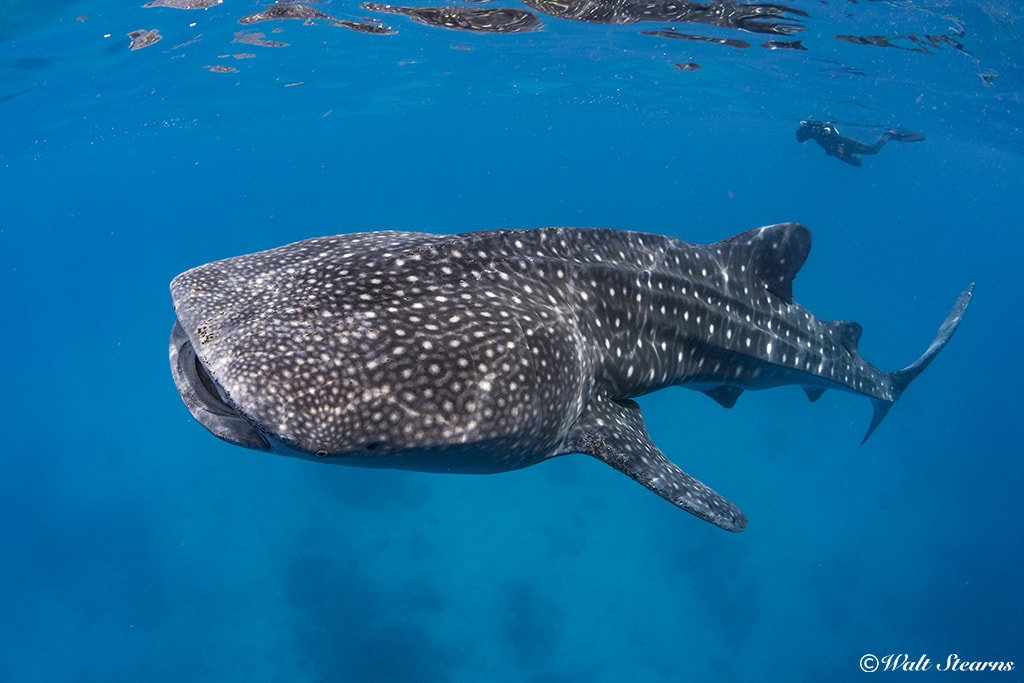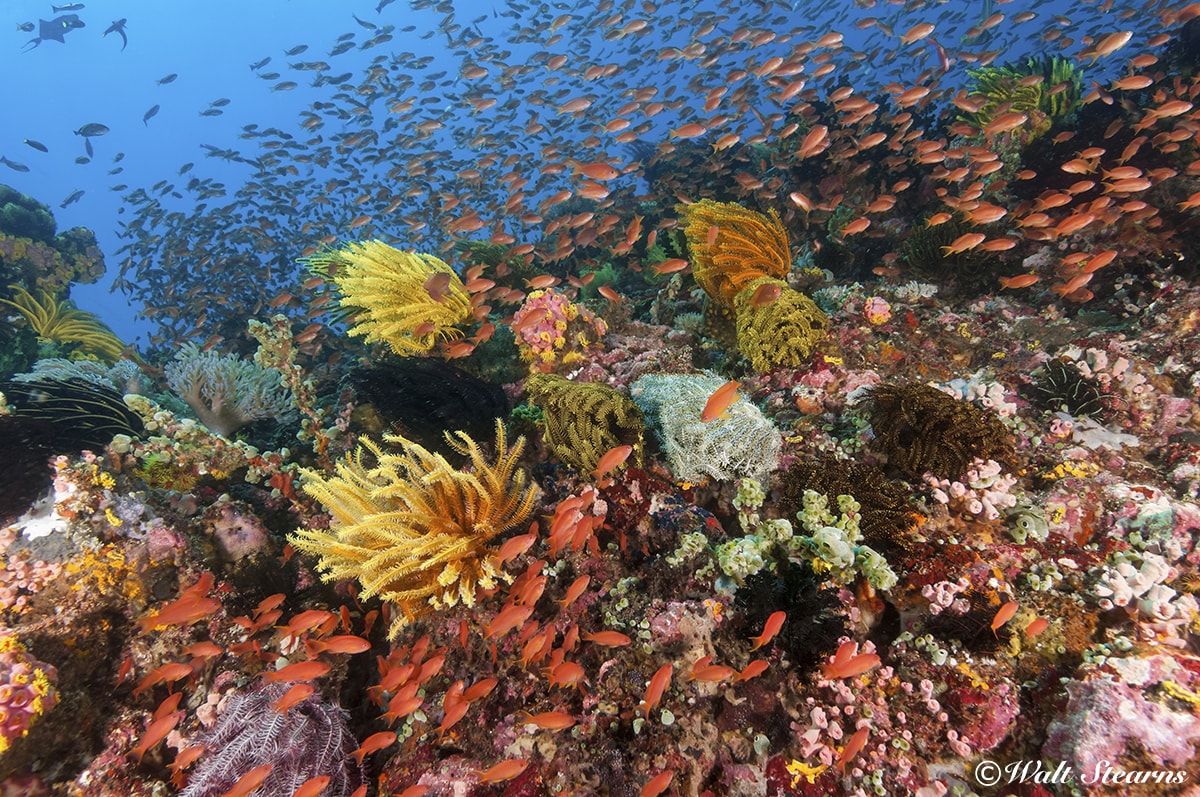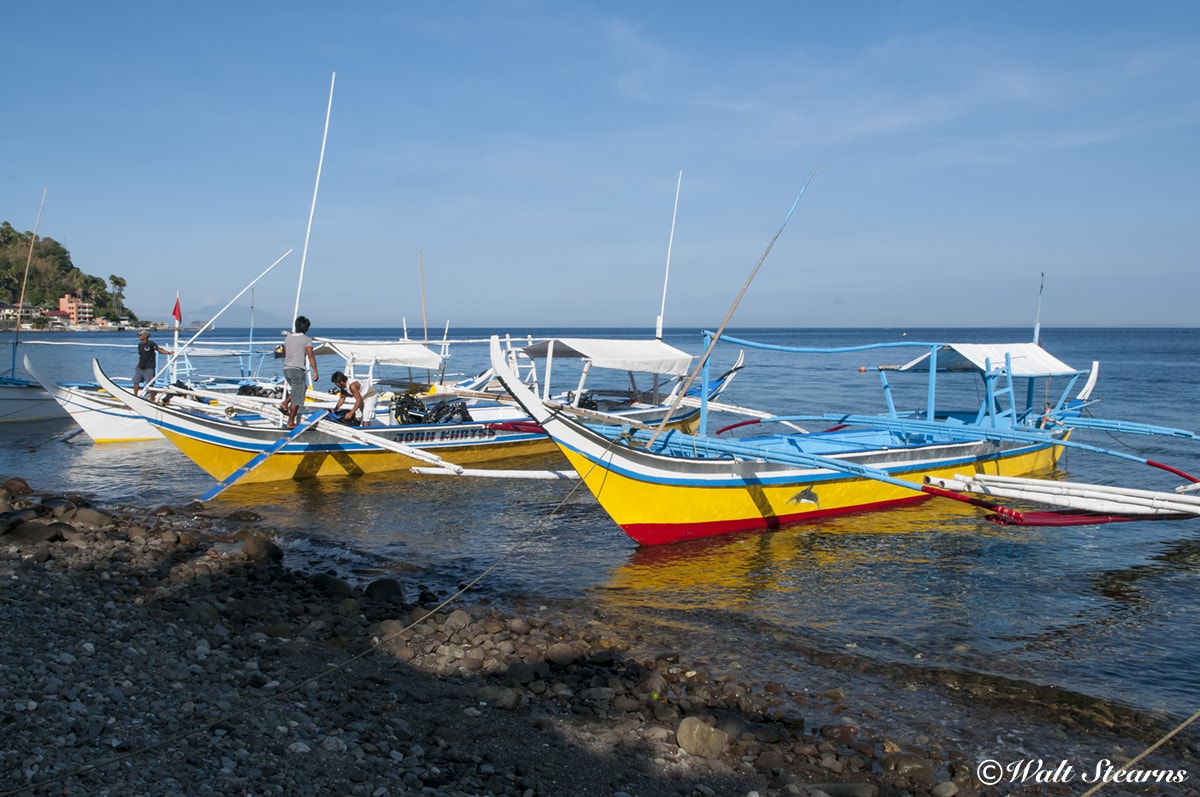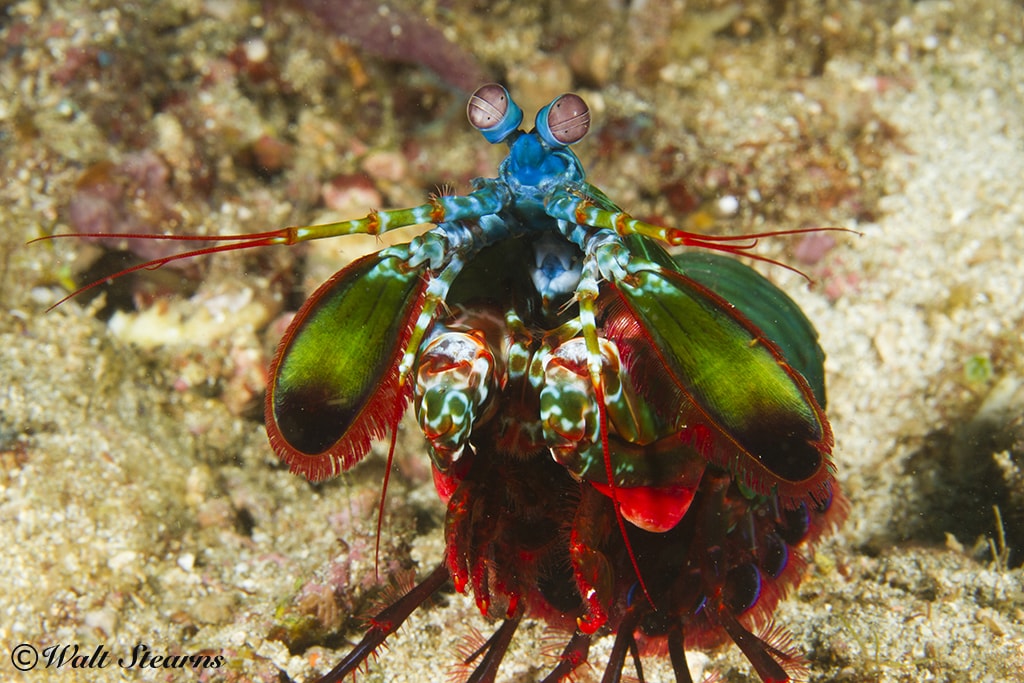
In case you hadn't heard, the Philippines have some of the best diving in the world. Everything from spectacular coral reefs and walls to intriguing macro and muck diving, big animal encounters and rare species. Yes, you'll likely spend more time getting there than you would traveling to the Caribbean, but there are rewards for those extra hours of seat time.

Resorts across the Philippines offer great value for money, the hospitality and service are top notch, and the underwater scene takes in some of the bio-diverse ecosystems on the planet, supporting more than 500 types of coral, 3,000-plus species of fish, and more than twice that number of small and unique invertebrates.

Ready, Set, Where?
Now that you are getting excited about a trip to the Philippines, your next question will probably be where? Because we aren't just talking one place. The Philippines archipelago is composed of some 7,000 islands spread out about the distance from San Diego to Seattle, with a combined 22,500 miles of coastline. Within this vast sea of possibilities, there are a lesser number of islands that have emerged as diving destinations. To help you get started, we're going to take a look at five of the most popular places to immerse yourself in the wonders of Philippine waters.

Drive to Dive
Most North American travelers visiting the Philippines will land at Ninoy Aquino International Airport, in the capital city of Manila on Luzon Island. From there, one of the easiest connections to the scuba scene involves a van ride to the south coast, where a collection of resorts sit on the jungle-clad shores of a peninsula near the coastal town of Batangas. This is Anilao, one of the country's leading dive destinations. Here' colorful reefs are a short boat ride from shore, and the diversity of marine life makes the area a favorite with underwater macro photographers, and there are also select opportunities for wide angle shooting. If racking up bottom time is a priority, this is the place to go, because the combination of short boat rides and the chance for up to four dives a day is further enhanced by topographies that allow multi-level profiles of 70 to 80 minutes. There are dozens of exceptional sites, but if you want to name drop, try to get to Twin Rocks, Beatrice and Kirby's Rock, and be sure to make at least one night dive.

Across the Channel
Just across the Verde Island Passage from Anilao is the island of Mindoro, where a small peninsula on the north shore has blown up from a quiet fishing village into one of the most popular watersports destinations in the Philippines. We're talking about Puerto Galera, where local dive boats known as bankas are pulled up on the sands of Sabang Beach, and the shores are lined with dive centers and lodges. The underwater landscapes around Puerto Galera are similar to Anilao, with reefs, slopes, canyons, mini-walls and some good macro sites. There's also a chance for drift dives, as the peninsula is washed by currents from the South China Sea. This flow nurtures rich carpets of soft corals and sponges. A typical site would be The Canyons, where a trio of deep clefts in a steep slope allow divers to drop out of the way of the current and discover sandy alcoves that are home to octopus, scorpion fish and sea snakes. Another highlight of this region is a day trip to Verde Island, both for the reefs and a chance to see manta rays and passing sharks in blue water. Because Puerto Galera is just a ten-mile ferry ride across the channel from the Anilao region, many divers will plan a split itinerary to enjoy both destinations.

The Center of Things
Getting to diving hot spots beyond Anilao and Puerto Galera will involve a domestic flight from Manila. A favorite connection is into Cebu City, which sits on the central east coast of its namesake island. From there' it's a cab ride across the causeway to Mactan Island, where a collection of resorts line the shore, and underwater walls are a giant stride from the beach. This is a prime area for shore diving, as white-sand shallows and patch reefs give way to walls which often start as shallow as 15 feet, and plunge below 300. This area is a favorite with tech divers into extended range profiles, because of the number of deep sites within swimming range of the beach. Boat dives are also quick and easy, and you can visit sites like Marigondon Cave, which is a large tunnel in the side of the wall that is home to luminescent flashlight fish. Mactan isn't the only reason to visit Cebu Island. On the west coast, the Moalboal area is known for swarming schools of sardines, and to the south, the village of Oslob is famous for its resident whale sharks, which interact with divers and snorkelers in clear water. Cebu is also a departure point for liveaboards that range outward to locations such as Daiun, the Apo Reefs, Tubbataha Marine Park and Malapascua Island, where thresher sharks rise from the deep water to visit the cleaning stations.

The Adventure Island
Twenty miles east of Cebu, the island of Bohol is known as the place to go for eco-adventures. It's also gaining a growing reputation among divers. Both ferry and air service arrive at Tagbilaran City, on the island's southern coast. From there, a causeway from downtown connects to the small satellite island of Panglao. Variety is the name of the game in this region, as divers will discover everything from shallow coral formations scattered across white sand bottoms to higher-profile reefs covered in a broad mixture of hard and soft corals, and walls that are visited by reef sharks, turtles and a range of passing pelagic species. In addition to local sites, dive centers make regular trips to small out islands such as Balicasag, Cabilao and Pamilacan, where corals and macro subjects thrive in marine sanctuaries, and there are seasonal opportunities for manta ray encounters. Divers looking for a more secluded and private dive destination can head to the village of Anda on Cebu's east coast. Here, the attraction is variety, as options include muck diving, walls, sandy slopes, small caves, and mangrove nurseries, with marine life ranging from pygmy seahorses and nudibranchs to large schooling fish and the occasional whale shark or manta ray. Even die-hard divers will want to plan for some extra topside time, as Bohol is the place for eco-adventures such as kayak trips to the mysterious Lomock cave, off-road trips through the iconic Chocolate Hills, and cruises on the Loboc River

Mucking About
For the uninitiated, the idea of spending an entire dive hovering over a dark, silty patch of the seabed may not seem all that appealing. But for those who have experienced muck diving, it often becomes an addiction. The attraction is critters. All sorts of strange and unique critters. Some dig in and hide, waiting to pounce on unsuspecting prey. Others creep across the bottom, often well-camouflaged, but sometimes flamboyant. In the muck diving universe, Dumaguete is one of the brighter stars. This region is located near the southern end of Negros Island, which sits to the west of Cebu. Resorts are scattered along the coast of Dumaguete City, which is also the site of the regional airport. Prime muck dives are a short boat ride away, and the list of unique and rare finds is long enough to keep dedicated muck fanatics busy for many dives. It's not all muck at Dumaguete, as there are also scattered coral reefs, seagrass beds and small wrecks. Overall, however, it's about the small stuff. A very different scene awaits when divers make the 45-minute boat ride to Apo Island, which is surrounded by spectacular coral reefs that support prolific populations of fish.
The Caradonna team has been exploring the Philippines for years, and are familiar with the prime diving seasons, the easiest travel itineraries and the best resorts. We'd love to tell you more and help plan your own Philippines diving adventure. To get things started, just give us a call at 800-330-6611 or drop us a note at sales@caradonna.com
